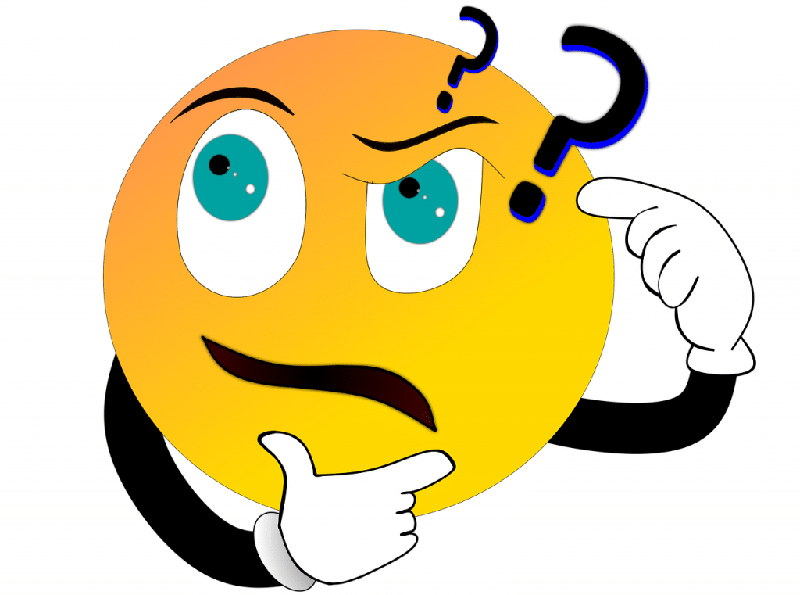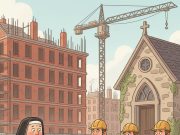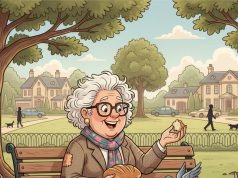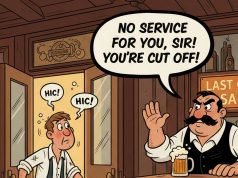Picture this: you’re driving home after a long day, eager to unwind, but you encounter a traffic jam that’s anything but ordinary. Seven cars are stuck at an intersection, completely gridlocked. No one can move forward or back, and after being stuck for over an hour, the frustration is palpable. The big question is: Which car needs to move first to get everyone unstuck?
Seems impossible, right? But don’t stress—this is where you step in as the hero. By using a little bit of logic and strategic thinking, you’re going to break this gridlock wide open. Ready for the challenge?

At the heart of this puzzle are seven cars stuck at a congested intersection. Each driver entered the intersection simultaneously, and now no one knows how to get out. The task is simple: figure out which car needs to move first to set off a chain reaction and get traffic flowing again.
The drivers, identified by their vehicle labels—A, B, C, D, E, F, and G—are all in a stalemate. If you can solve this puzzle, not only will you bring peace to the frustrated motorists, but you’ll also feel like a problem-solving wizard.
So, how do you begin to untangle this mess?
A
B
C

Here’s how it plays out:
Car G moves first: By reversing, Car G opens up space for the cars behind it, which sets the stage for others to move.
The chain reaction begins: After Car G makes its move, Car F can pull forward or turn, freeing up more space for Car E to move.
One by one, each car gets a little more room to maneuver, and the gridlock slowly starts to dissolve.
Final movements: With each car moving in sequence, Cars D, C, and the others begin to drive off, and eventually, the intersection clears.
It’s all about strategic movement and patience—one car’s small move causes a ripple effect that unravels the entire jam.
Why This Puzzle Works: A Lesson in Space Management
The reason this puzzle works so well is that it highlights a key principle: in traffic jams, no one can move unless space is created. By recognizing that Car G has enough room to back up without creating more problems, you essentially “open the floodgates” and make way for everyone else to escape.
A Closer Look at Each Car’s Role
Let’s break down why Car G is the starting point and how each vehicle contributes to the gridlock:
Car A: Positioned at the front, Car A can’t go anywhere until the cars behind it start to clear the way.
Car B: Like Car A, it’s blocked from moving forward and doesn’t have the space to be the first car to move.
Car C: Car C is blocked by Cars D and E, so it’s not in a position to make the first move.
Car D: Stuck in a similar situation as Car C, Car D needs other cars to create space before it can move.
Car E: Positioned toward the back, Car E is blocked by Car F and can’t make its move until other cars clear out.
Car F: This car is crucial to the chain reaction. Once Car G moves, Car F has enough space to start moving, which then helps clear the path for others.
Car G: Positioned perfectly at the back of the intersection, Car G has the room to reverse and trigger the sequence of movements that will ultimately free all the cars.
The Solution: Car G Moves First
It’s clear now: the car that needs to move first is Car G. Once it moves, the rest will follow, and the traffic jam will finally break up. This brainteaser not only tests your problem-solving skills but also serves as a reminder that sometimes the solution is simpler than it seems—you just need to figure out where to start.
Next time you’re stuck in traffic (or face a tricky problem), think back to this puzzle. Often, solving even the toughest problems starts with one smart, strategic move.

















